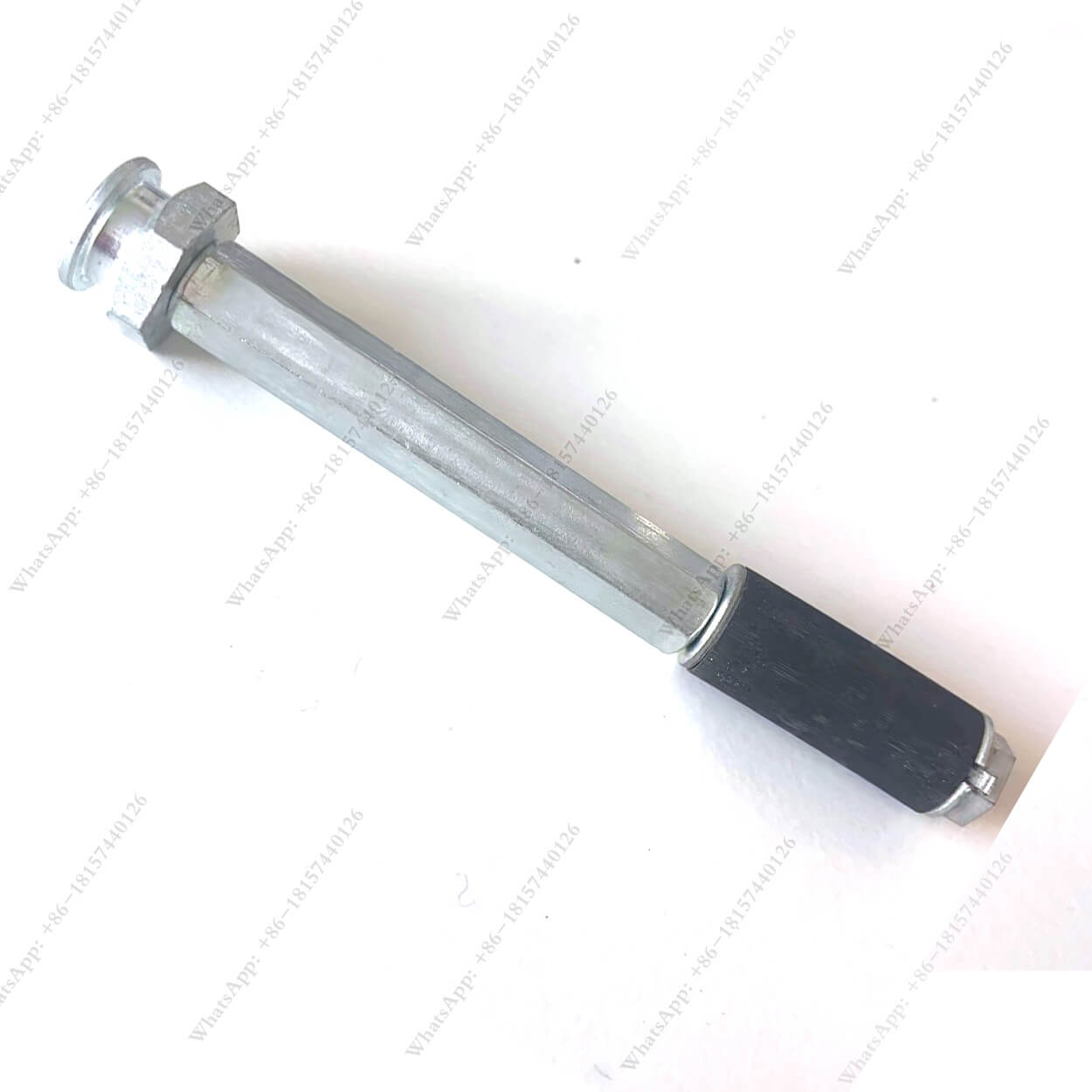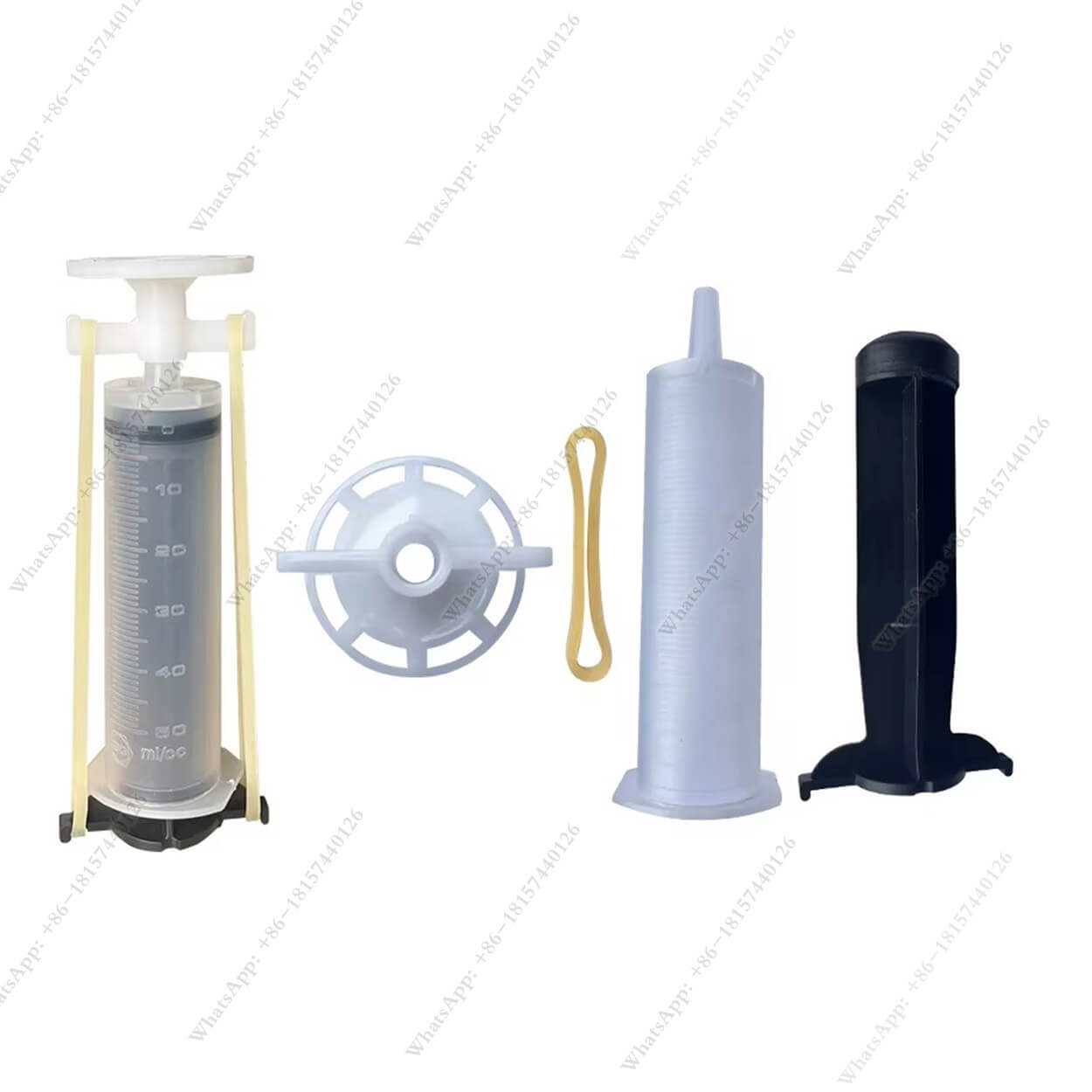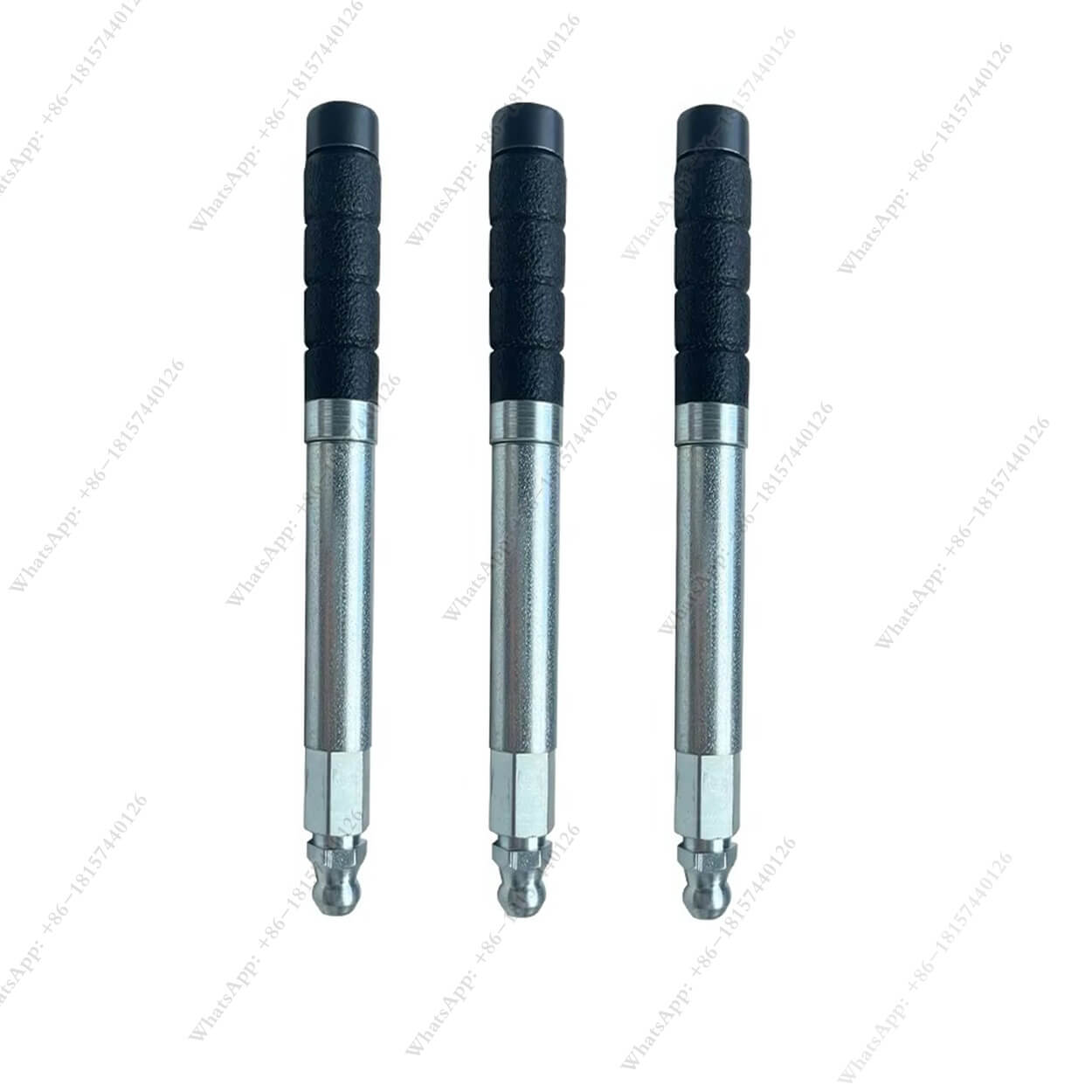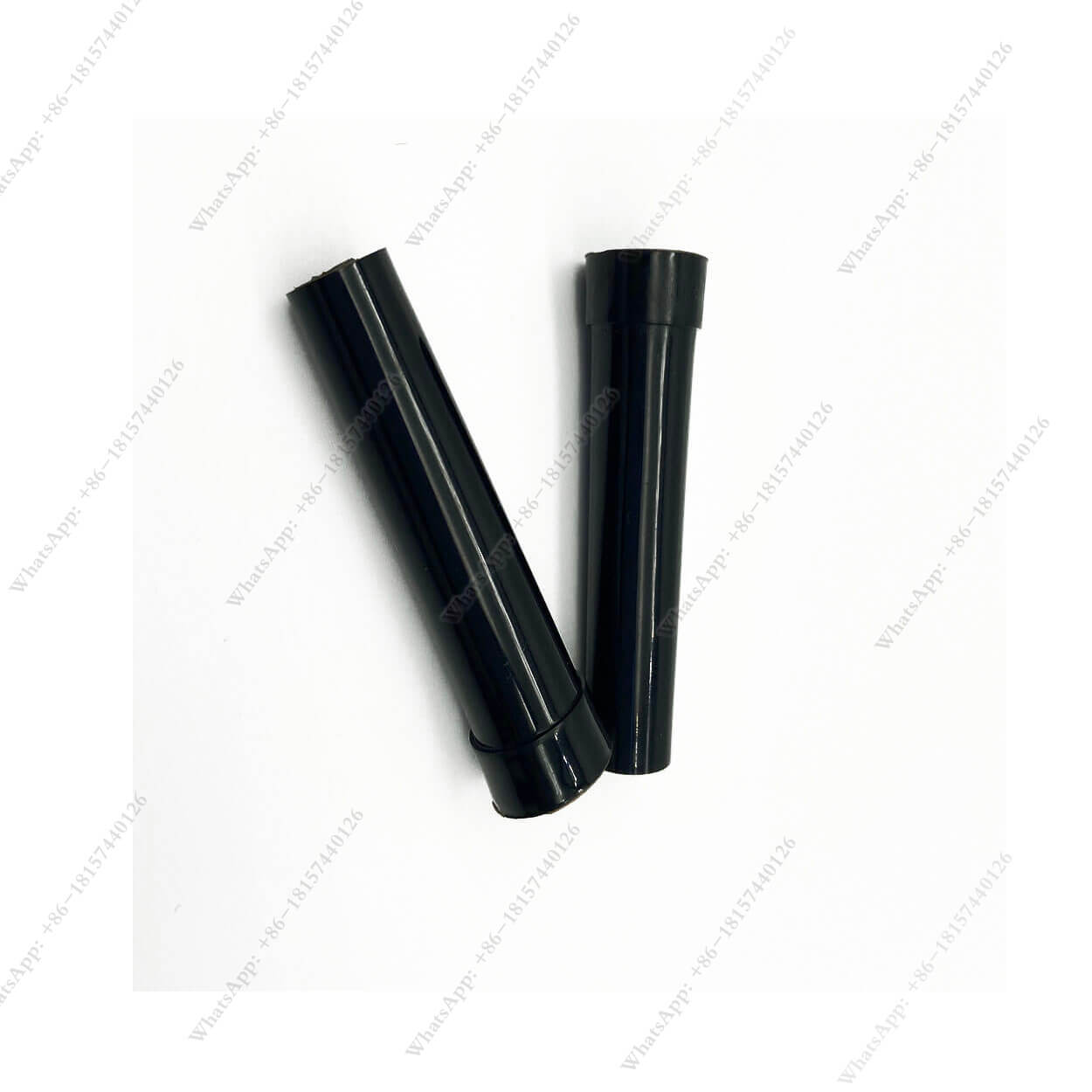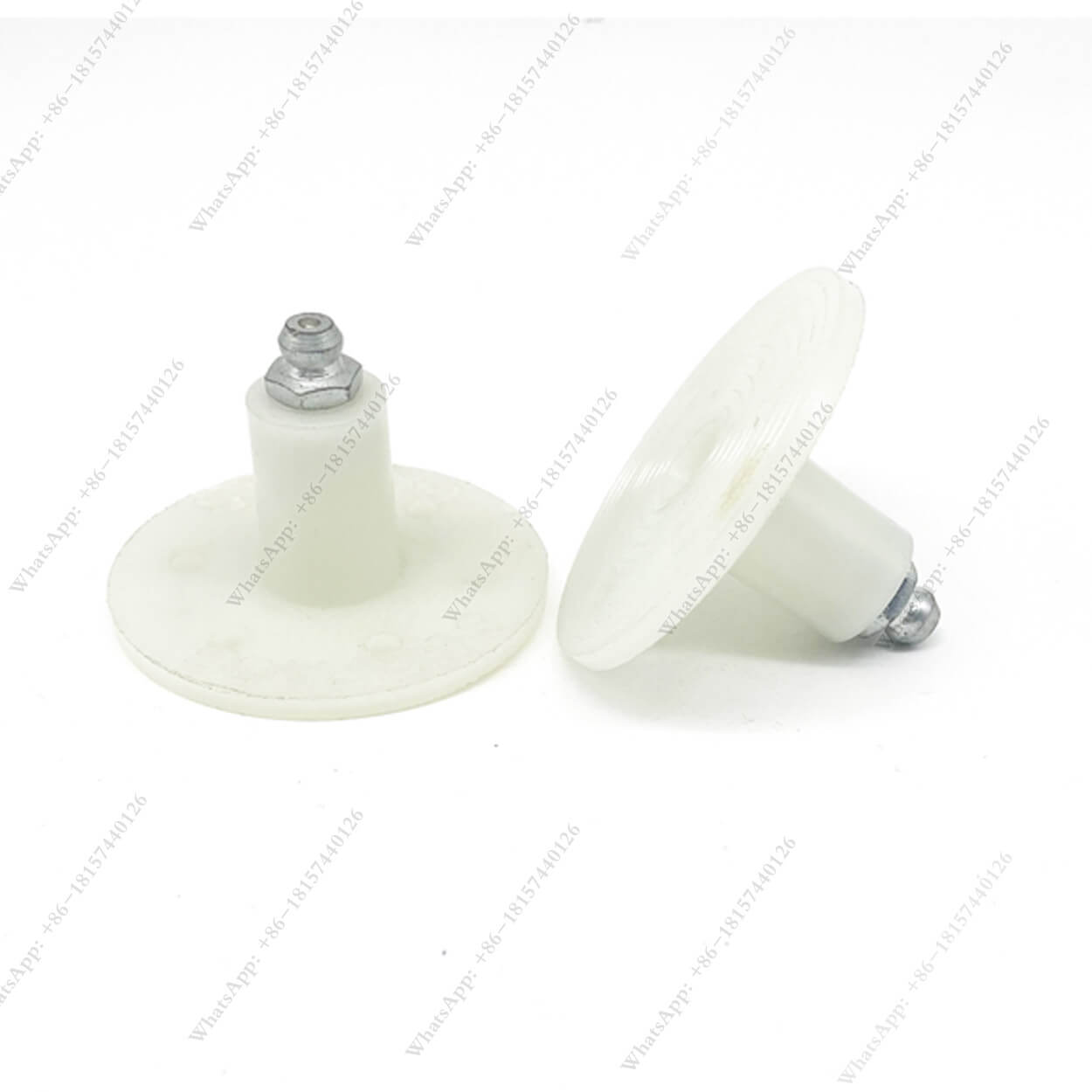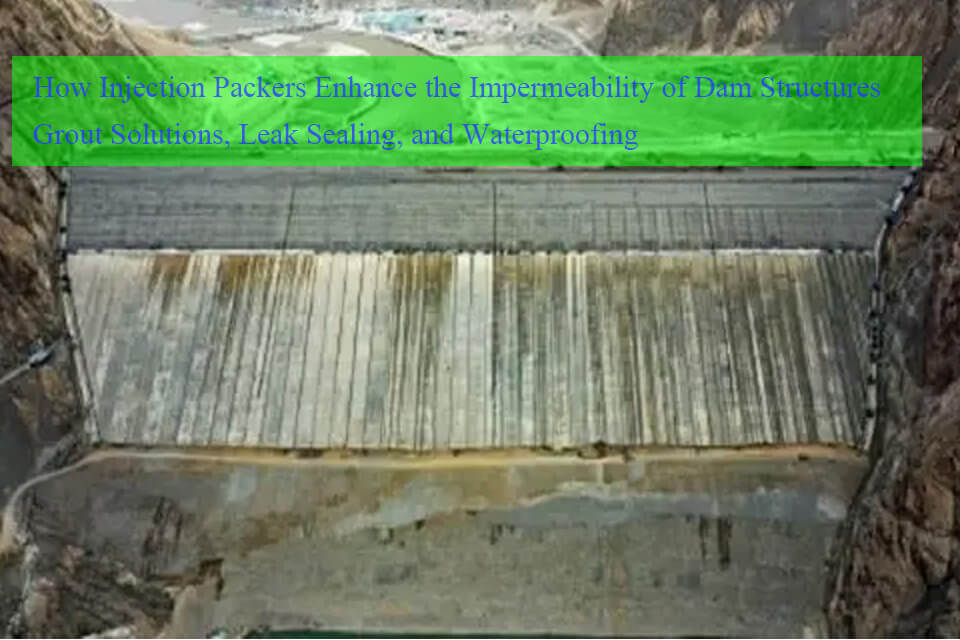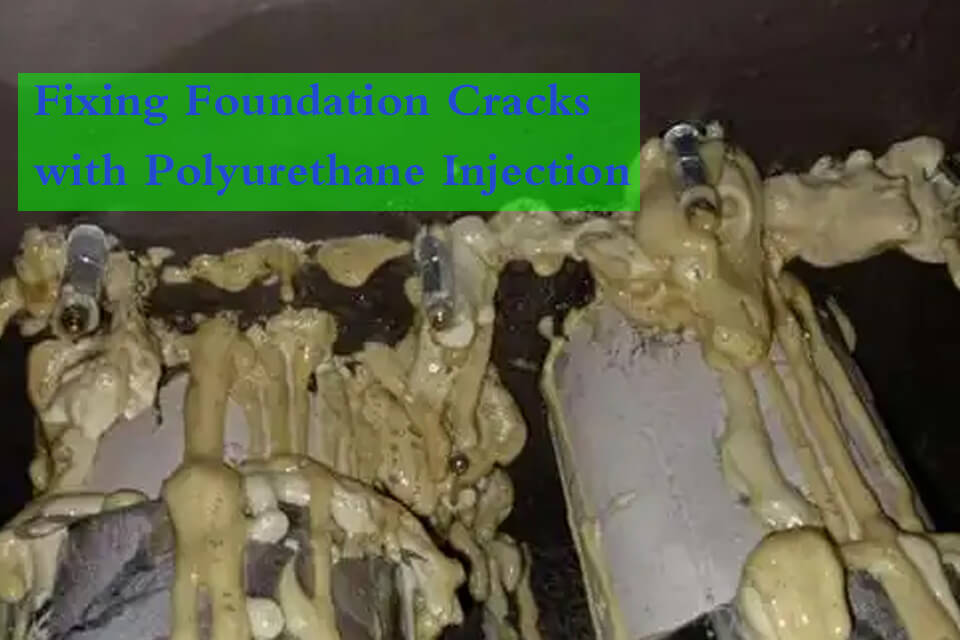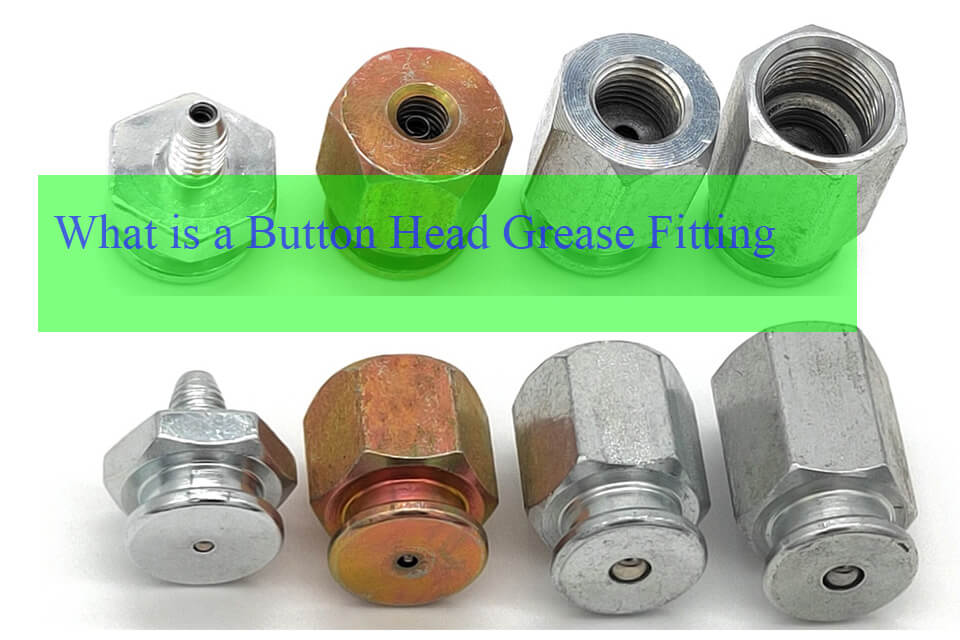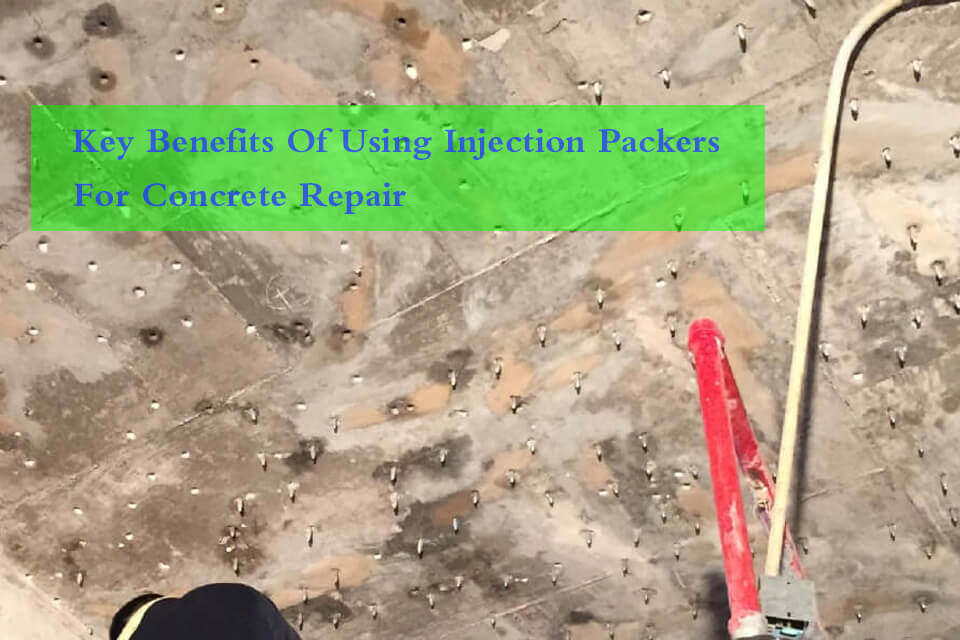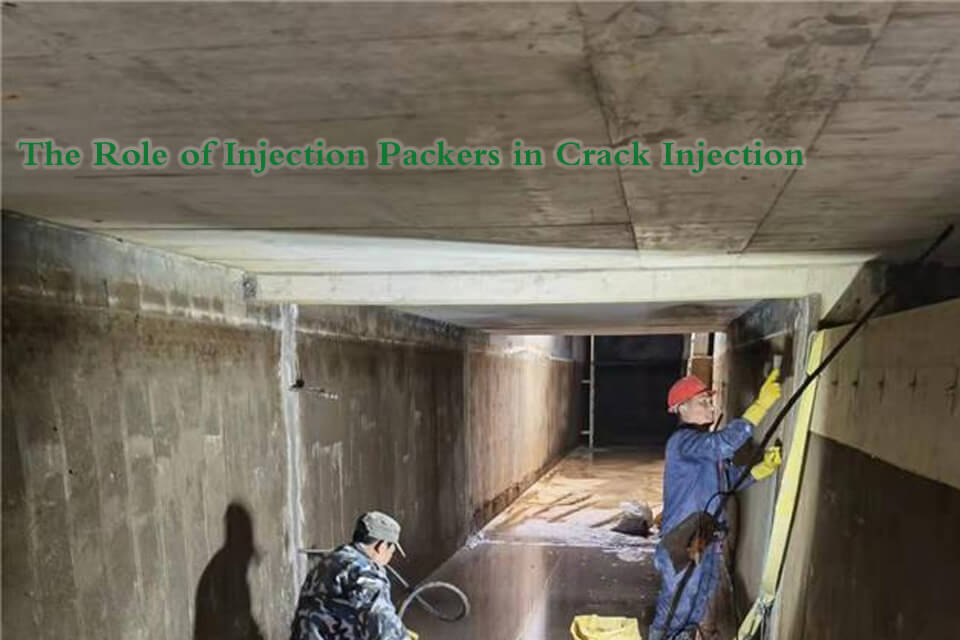
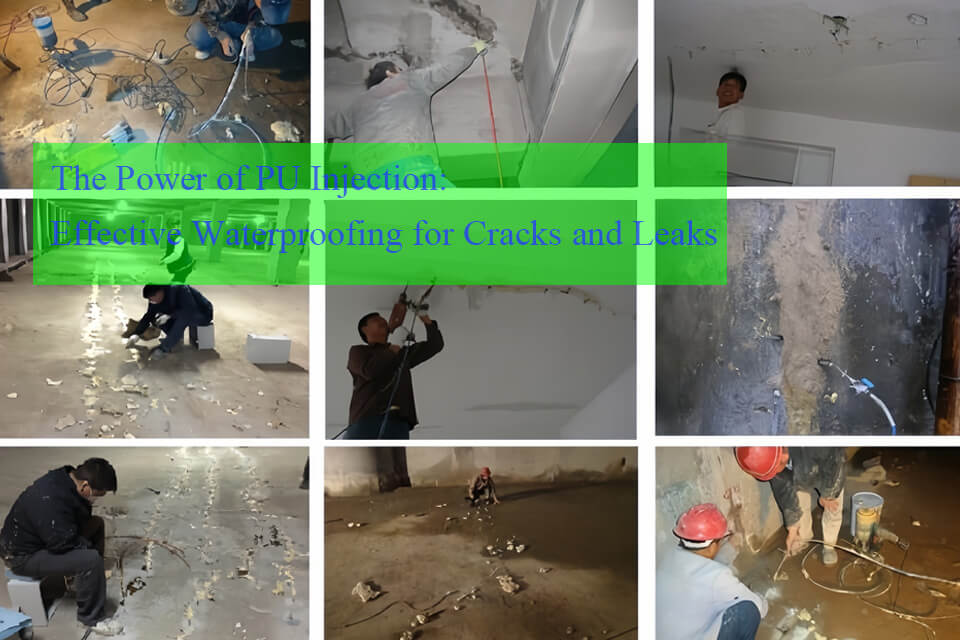
The Power of PU Injection: Effective Waterproofing for Cracks and Leaks
Polyurethane (PU) injection is a powerful method for waterproofing cracks and leaks in concrete structures.
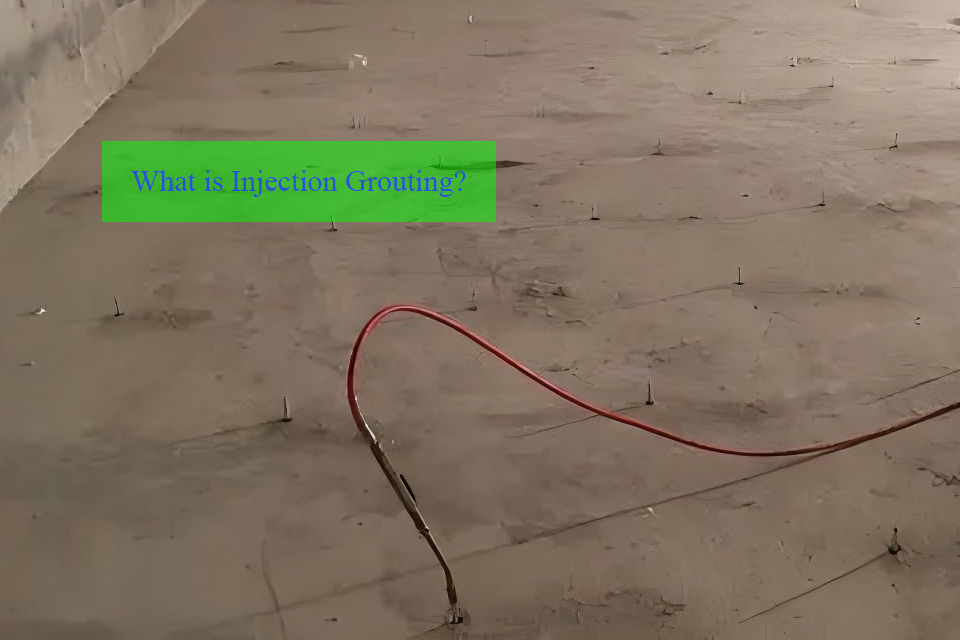
What is Injection Grouting? A Comprehensive Guide to its Benefits, Techniques, and Applications
Injection grouting is an essential process in construction and civil engineering, used to strengthen structures, waterproof surfaces, and fill voids.
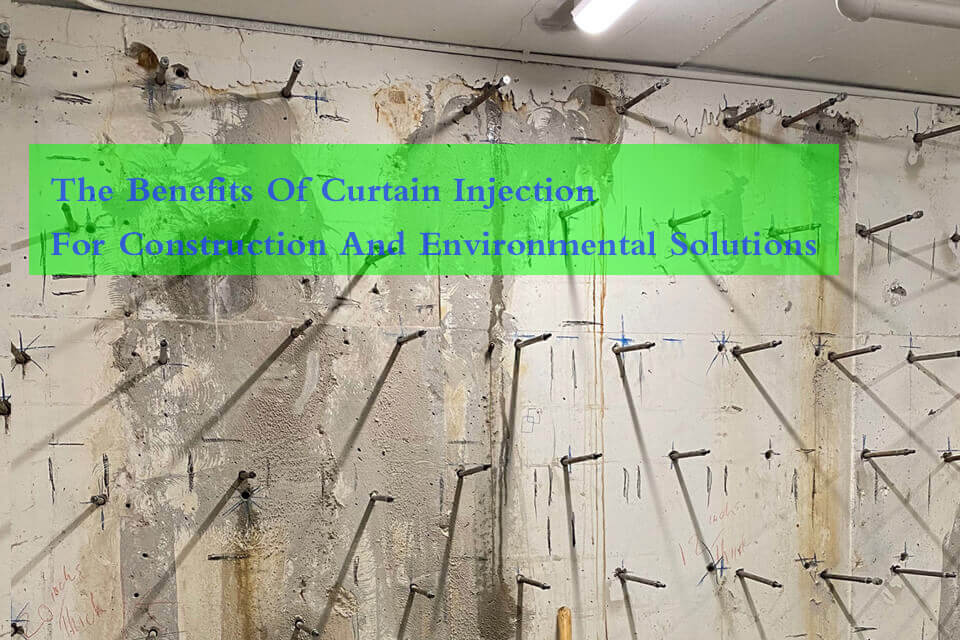
The Benefits of Curtain Injection for Construction and Environmental Solutions
Curtain injection, also known as curtain grouting or curtain wall injection, is an innovative technique widely used in construction, geotechnical engineering, and environmental protection.


